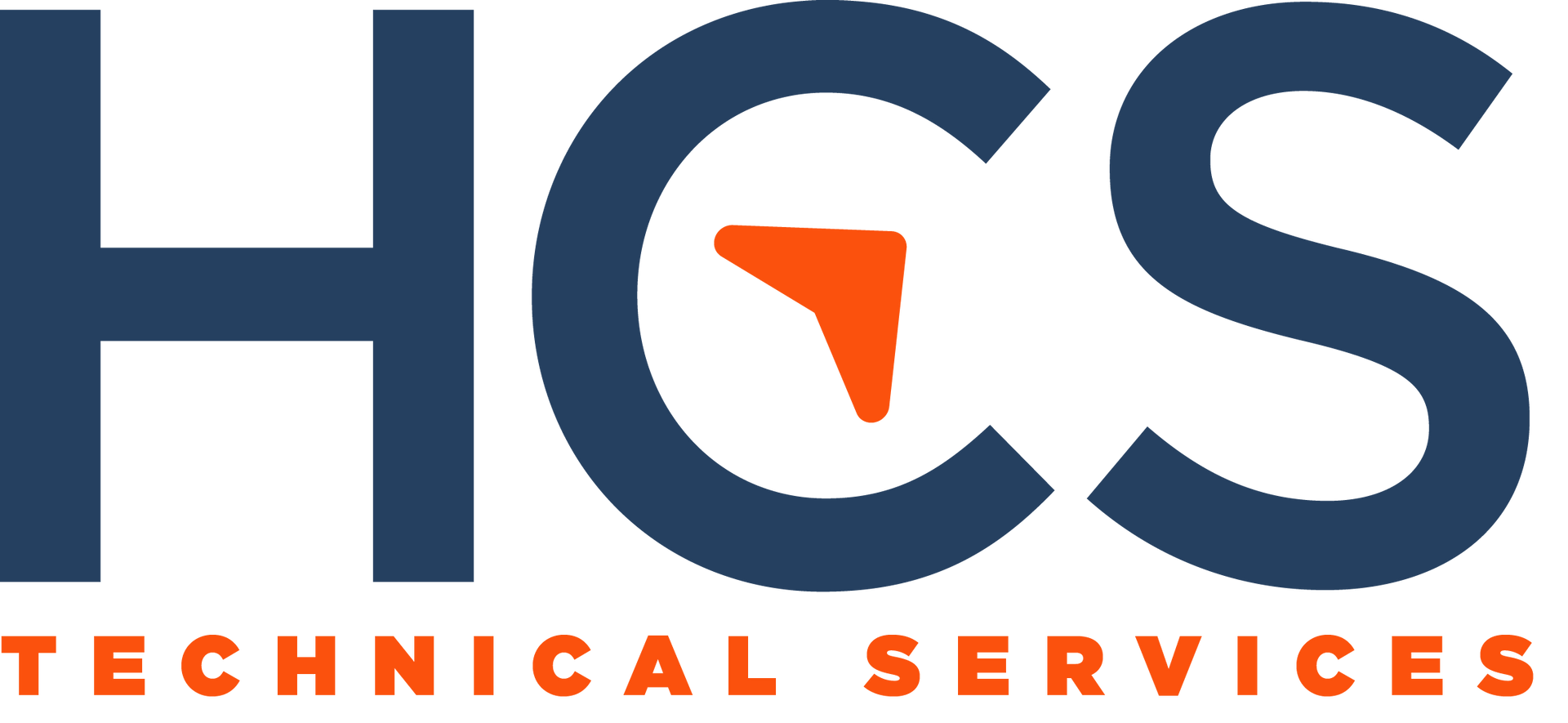Navigating the IT Landscape
Navigating the IT Landscape: Why Managed Services are the Future of Business Technology

In an era where technology drives business success, making the right choice for your IT management is crucial. This in-depth exploration sheds light on the significant benefits of opting for Managed Service Providers (MSPs) over traditional in-house IT teams. Our analysis, rooted in extensive industry experience, aims to guide businesses towards strategic decisions that foster growth and innovation.
The Broad Spectrum of Expertise in Managed IT Services
Managed IT Services offer a collective pool of expertise that surpasses the capabilities of most in-house teams. MSPs like HCS Technical Services are staffed by specialists in various IT domains, from cybersecurity to cloud solutions. This breadth of knowledge not only equips MSPs to tackle a wide range of challenges, but also enables them to devise tailored, cutting-edge solutions for each business’s unique needs.
Comprehensive IT Management: A One-Stop Solution
A key advantage of partnering with an MSP is the all-inclusive nature of the services provided. Managed IT services encompass everything from proactive system monitoring to data management and network security. This comprehensive approach ensures that all IT aspects are handled efficiently, allowing businesses to focus on core operations without worrying about their technological infrastructure.
Cost-Effective IT Strategies
Opting for managed services translates into significant cost savings for businesses. With an MSP, companies avoid the substantial expenses associated with hiring, training, and maintaining an in-house IT staff. Moreover, MSPs offer scalable services, meaning businesses can adjust their IT spending based on current needs, ensuring a more efficient use of resources.
Staying Ahead in a Rapidly Changing Tech World
Technology evolves at a breakneck pace, making it challenging for in-house teams to keep up. MSPs like HCS Technical Services prioritize staying abreast of technological advancements. This commitment ensures that businesses benefit from the latest tools and strategies, maintaining a competitive edge in the market.
Fortified Security and Compliance Standards
In today's digital landscape, cybersecurity is a top concern. MSPs specialize in robust security protocols and compliance standards, ensuring that client data and operations are protected against emerging cyber threats. This enhanced security is vital in building trust with customers and maintaining a strong business reputation.
Minimizing Downtime with Proactive Support
Downtime can be detrimental to any business. MSPs focus on minimizing these disruptions through proactive monitoring and rapid response capabilities. Their 24/7 support structures mean that any issues are quickly addressed, reducing downtime and ensuring consistent operational efficiency.
Scalable Solutions for Growing Businesses
As businesses grow, so do their IT needs. MSPs offer flexible, scalable solutions that can adapt to changing business requirements. This adaptability is crucial for businesses looking to expand their market reach, workforce, or operational capacity without being hampered by IT limitations.
The shift towards Managed IT Services represents a strategic move for businesses aiming to leverage technology for growth and innovation. By opting for an MSP, companies gain access to a wealth of expertise, comprehensive service offerings, cost efficiencies, and much more. In embracing managed IT, businesses are not just upgrading their technology – they are investing in a future-proof foundation for success.
HCS Technical Services











